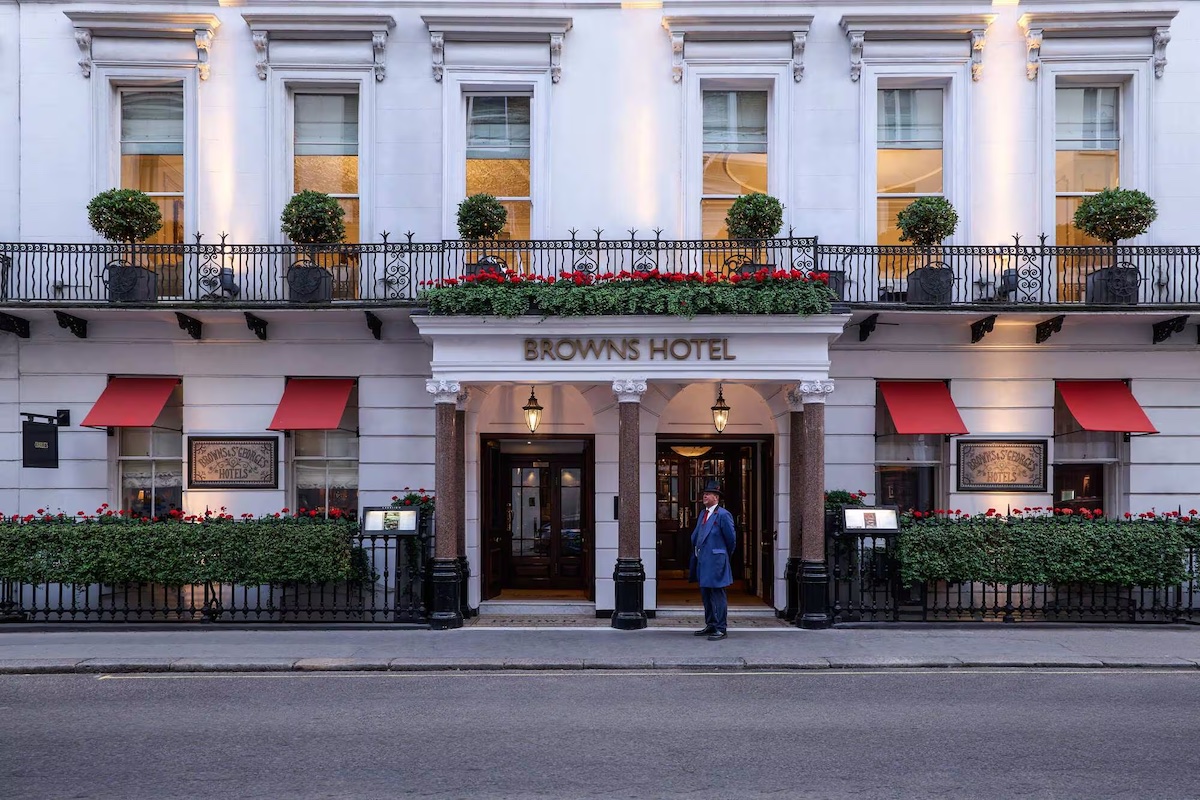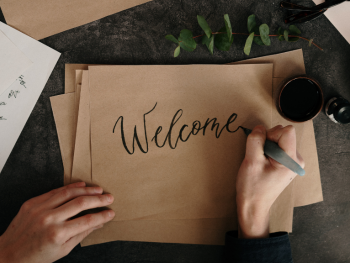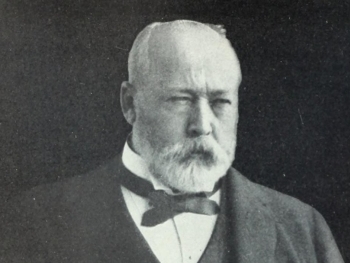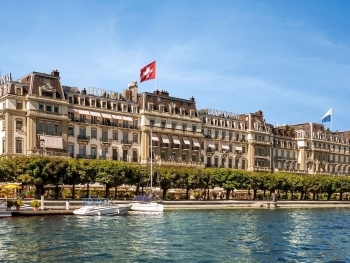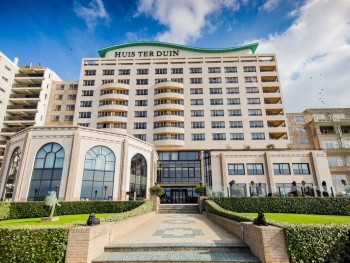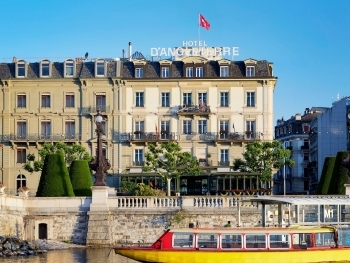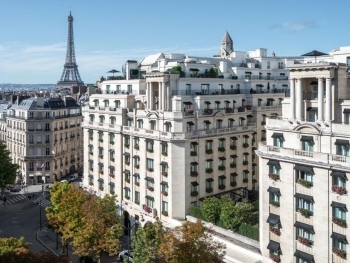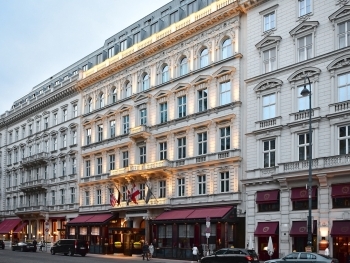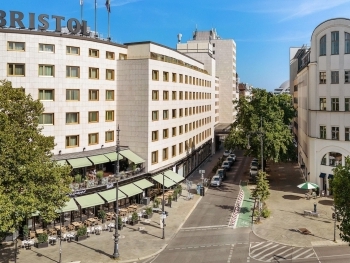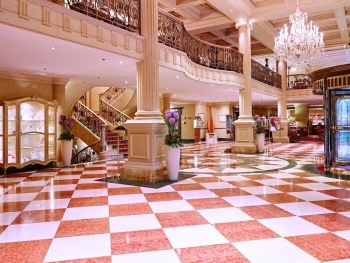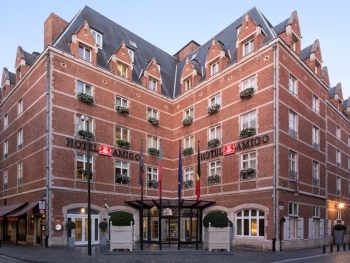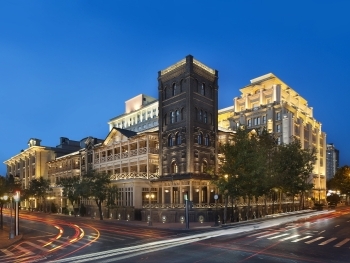Establishment and Early Years (1837-1860)
Brown’s Hotel, nestled in the heart of London's Dover Street, has a rich history dating back to its inception in 1837. James Brown, once the valet to the esteemed Lord Byron, envisioned transforming 23 Dover Street into a haven for travelers seeking comfort and luxury. His vision expanded as he acquired adjacent properties, numbers 21 and 22, realizing the potential of Dover Street's prime location, especially during the bustling London seasons.
Little is known of James Brown's background, except that his expertise in service and hospitality stemmed from his experience as a gentleman's servant. His union with Sarah Willis, Lady Byron's personal maid, marked the beginning of a formidable partnership. Lady Byron's purported financial support further fueled the establishment of the hotel, evidenced by the numerous Lord Byron busts adorning the property. Together, James and Sarah created an ambiance of warmth and hospitality, ensuring guests felt utterly at home.
Expansion and Innovations (1860-1905)
As London flourished amidst the Industrial Revolution, Brown's Hotel evolved to meet the needs of a growing clientele. The Great Exhibition of 1851 catapulted the hotel into international acclaim, attracting visitors from far and wide. After years of dedication, James Brown passed the baton to James John Ford in 1859, marking a new chapter in the hotel's legacy.
In 1876, Brown's Hotel witnessed a momentous event with Alexander Graham Bell's demonstration of the telephone, marking the inception of a revolutionary communication era. Under the management of Ford's son in 1882, the hotel underwent a modernization endeavor, introducing fixed baths, an elevator, electric lighting, and designated spaces such as a smoking room and a public dining area, a departure from the era's trend of private dining suites.
The late 19th century saw further expansion as the Ford family acquired the neighboring St George's Hotel, seamlessly integrating the two establishments and enhancing Brown's stature on Albemarle Street. In 1890, the Niagara Room hosted a pivotal meeting chaired by Lord Kelvin, advocating for the adoption of electrical methods, signifying Brown's Hotel's role in facilitating significant discussions and decisions of the time.
Rebirth and Modernization (1996-2005)
In 1996, Brown's Hotel became part of the Forte family, later transitioning to Raffles ownership. However, in 2004, Forte reclaimed the hotel, signaling a renewed commitment to its heritage and legacy. The subsequent year marked the reopening of Brown's Hotel after an extensive renovation program, reaffirming its status as a beacon of luxury and hospitality in the heart of London.
Today, Brown's Hotel stands as a testament to its illustrious past, blending historic charm with contemporary elegance, welcoming guests from around the world to experience its timeless allure.
